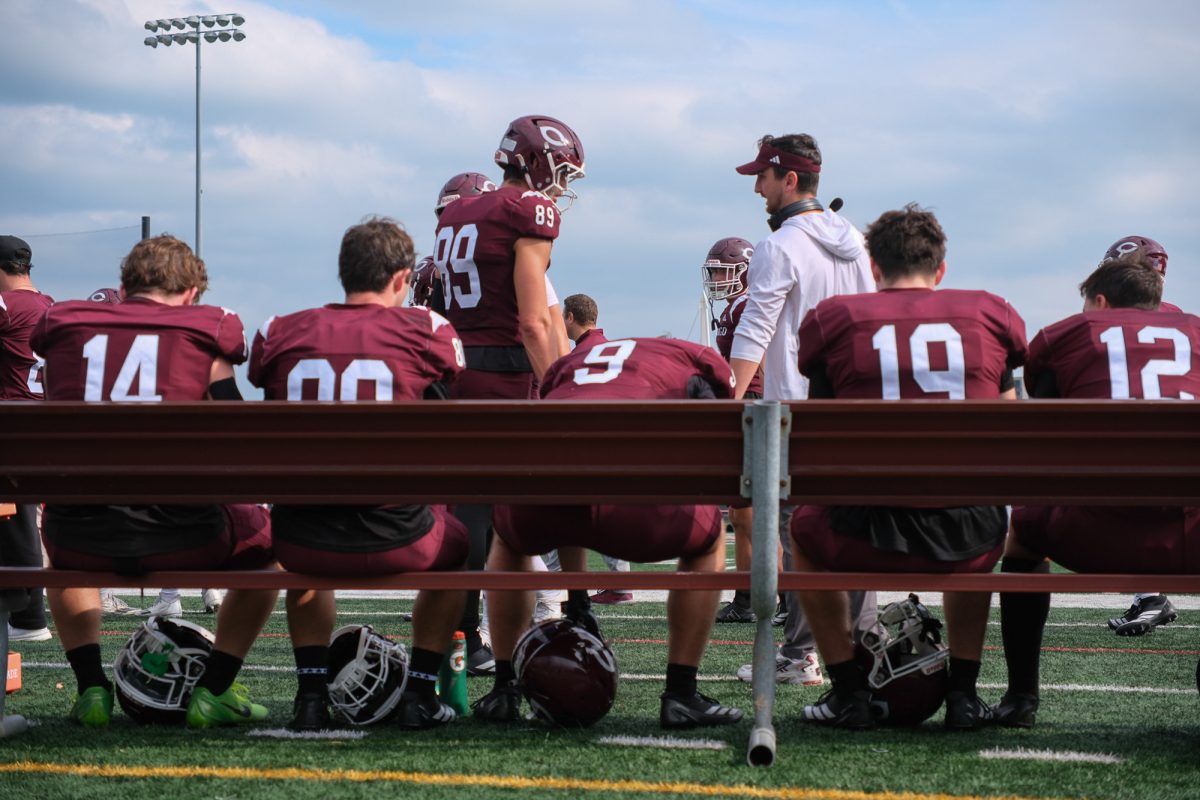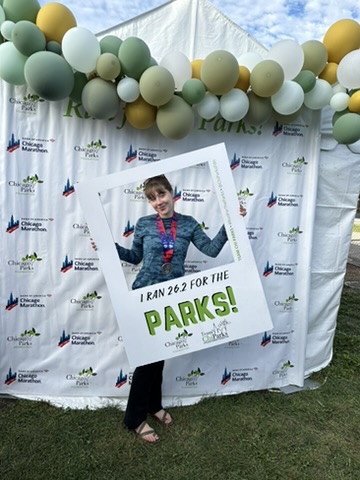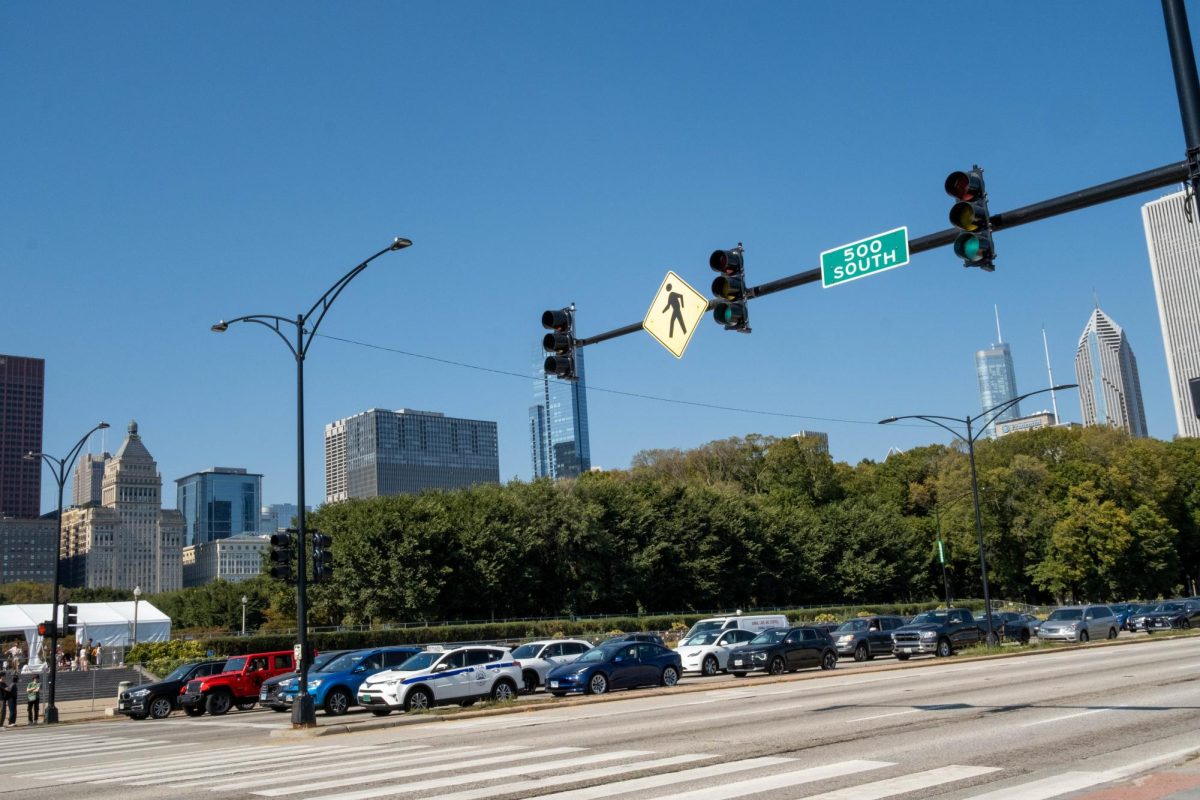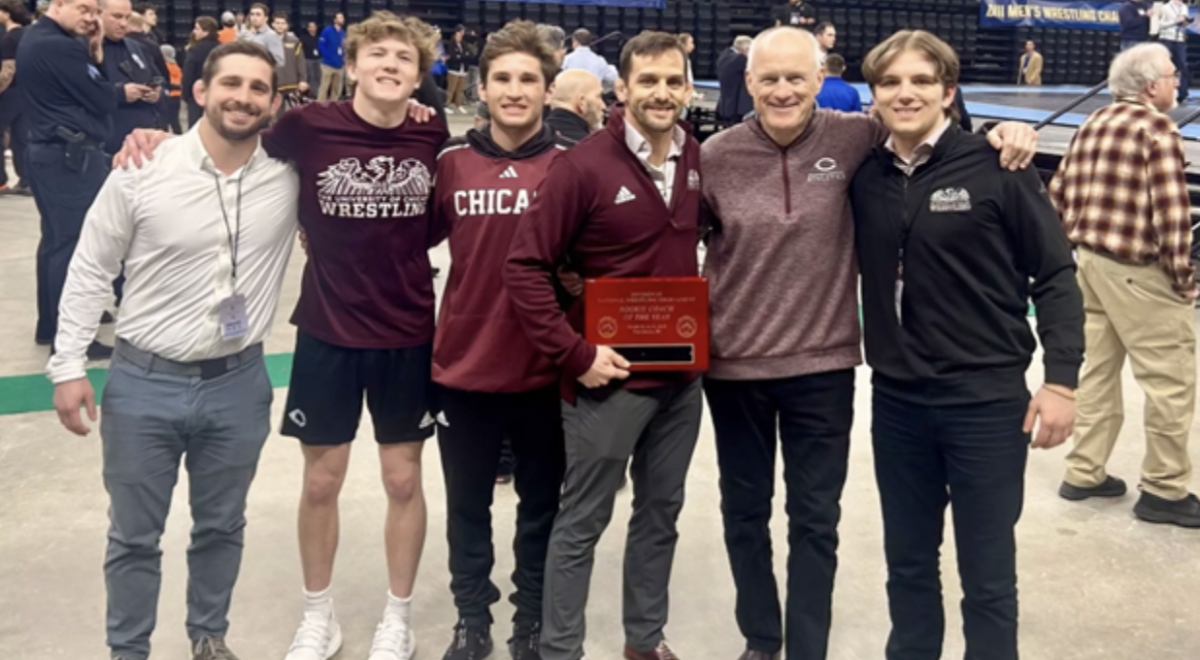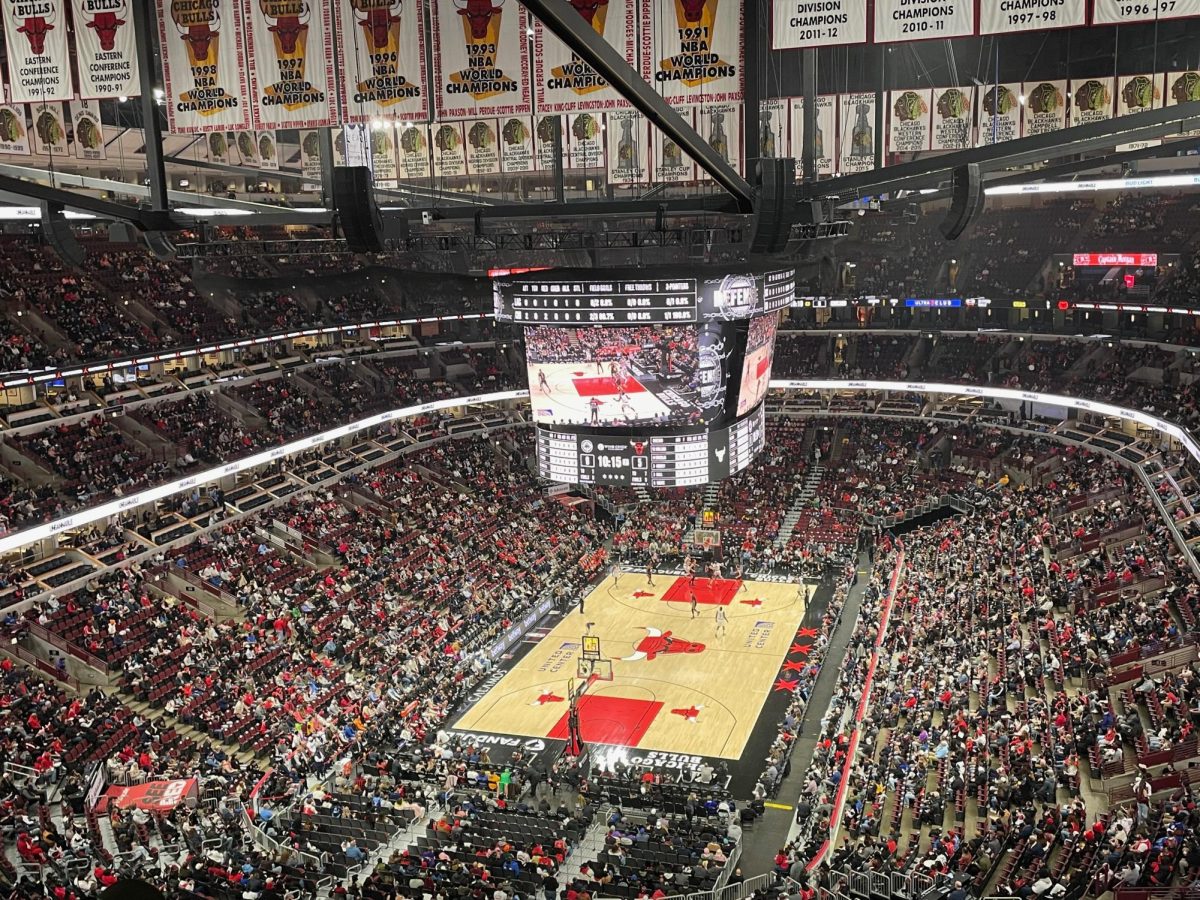Just weeks after releasing its fall preseason plans, University of Chicago interim athletic director Rosalie Resch and Dean of Students in the University Michele Rasmussen announced that all scheduled preseason activities have been canceled. Originally slated to begin on September 2, fall sports will now begin at the start of the autumn quarter on September 29.
In an email sent to all UChicago athletes on fall sports, the University claimed that “the course of the pandemic since we announced this [original] plan and the significant increase in cases and positivity rates across many parts of the United States may lead to renewed restrictions in Illinois on certain activities and facilities, including sports, recreating and gyms in the weeks ahead. We want to avoid a situation where our fall athletes return almost a month before classes start only to learn that they cannot engage in the fall sports program we had planned.”
This decision, along with the original plan, was made by the Athletics & Recreation Working Group in consultation with medical experts at UChicago Medicine and peers at the offices for Campus and Student Life and Facilities Services.
The original fall preseason plan called for a phased approach, broken into two-week stages that regulated team activities and socialization. Prior to campus arrival, all athletes would have needed to complete a 14-day “stay at home period” that limited mobility to essential reasons and mandatory physical distancing and masks. Once on campus, athletes would have proceeded through three phases. Dubbed Phase 1A, the first week would have allowed virtual meetings and individual workouts but prohibited all group activities. Beginning with a one-week Phase 1B, teams could have engaged in in-person, physically distanced group workouts limited to 10 athletes and one hour. These workouts would have been conducted outdoors and without the use of shared athletic equipment. Phase 2 would have bumped the permitted group size up to 50 athletes and reintroduced small group strength training. At this point, workouts could have lasted up to 90 minutes, and teams could have hosted social events with physical distancing and masks. Teams would still have been prohibited from in-person full team meetings and expected to limit shared equipment. Phase 3 would have maintained the same restrictions as Phase 2 for two-hour practices with no limit on the group size. All practices, across phases, could only have been held five days a week, ending on Saturday before 1 p.m.
The Athletic Department had planned to test all athletes between each phase. Any positive COVID-19 test would have required that the entire team revert to the preceding phase. The plan also stated that “any secondary spread within a team will result in the cancellation of all practices” but failed to define what qualified as secondary spread or how the department expected to monitor that.
The athletics plan promised that “any student found in violation of health and safety guidelines will be removed from the team.” However, the department did not specify how athletes could interact outside of team settings. In the absence of department-issued guidelines, individual teams were in the process of setting team standards that dictated how, when, and where team members could socialize with friends, both athletes and non-athletes.
This original plan also raised legitimate questions about its feasibility and how the University will approach the return of the wider student body. Privately, fall athletes had expressed doubts about the possibility of limiting contact and spread among teammates. Many wondered how the University expected to implement similar measures when it invites all students back, given the complexity of the phases. The reopenings—and subsequent re-shuttings—at the University of North Carolina and Notre Dame demonstrate the difficulty of protecting students from COVID-19 transmission and infection.
The decision to cancel the program and postpone fall sports places the promise of any athletic program in jeopardy. Across the nation, college athletic departments are grappling with the fallout from the pandemic. Several conferences, including the lucrative Pac-12 and Big Ten conferences, have postponed all fall sports, including football. The NCAA has canceled its fall season championships but has yet to announce any alterations to winter or spring seasons. Following the lead of the Ivy League and Division III competitors, the University decided that the Maroons will not compete in any games until January 1, 2021 at the earliest. Coaches and athletes expect more information about the fate of their seasons in the coming weeks.



